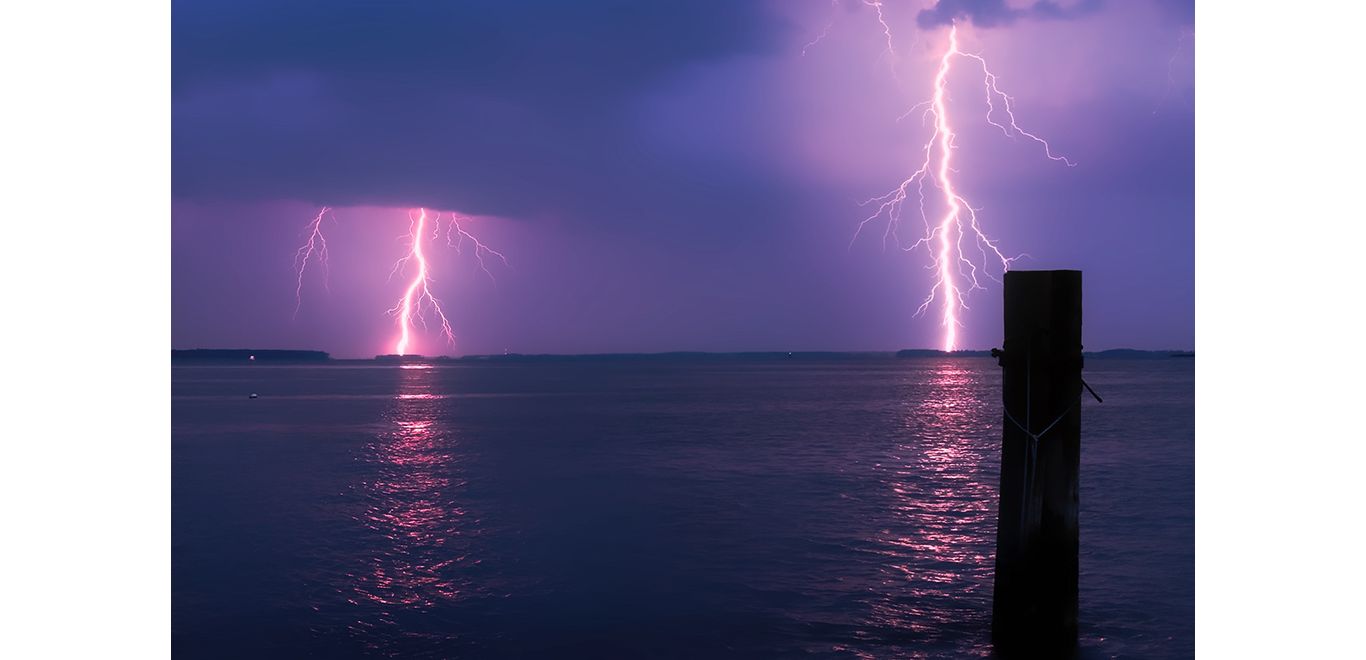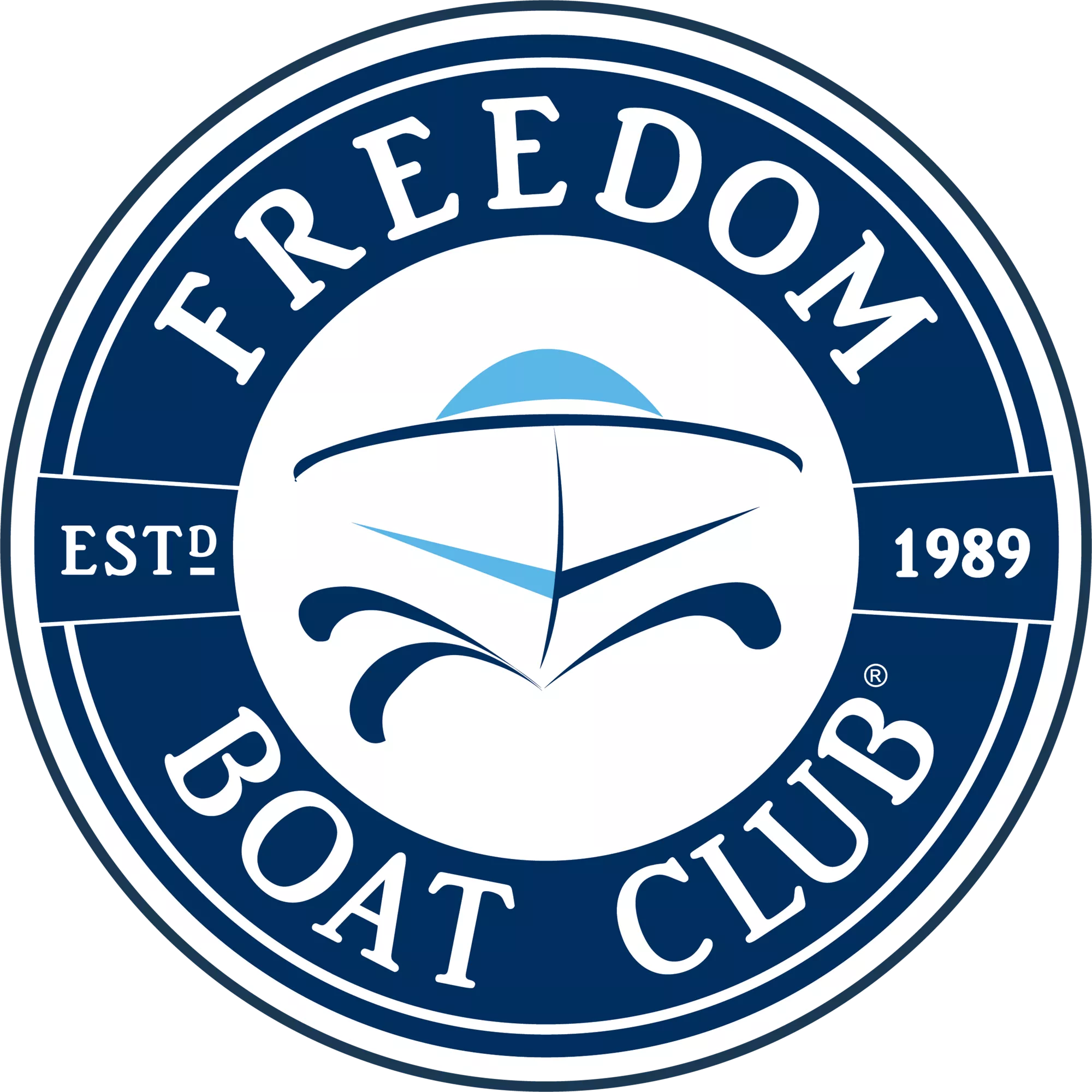
Ever been out on the water when a storm seems to brew out of nowhere?
It’s bad enough to be caught in a sea of pelting showers, but a toxic cocktail of thunder and lightning adds a much higher mix of stress and potential danger to the picture.
Here are some important facts about lightning that all boaters should understand.
First, lightning can strike up to 15 miles away from a storm. You might think you’re a safe distance away from storm activity, but don’t be fooled. Danger may be much closer than you think. Boating Magazine says that if you count the seconds between the lightning flash and the thunderclap and divide by five, you will have a rough estimate of the distance in miles you are from the storm.
Second, the summer months are prime time for lightning activity. More than 70 percent of the lightning fatalities occur in the months of June, July or August. So, summertime boaters should be especially mindful and well prepared for potential lightning activity.
Third, if your boat is the only one in the vicinity when lightning strikes, Boating Magazine warns “the odds of being struck go way up”. The magazine also reports that most strikes occur between noon and 6 pm.
So, how do you prepare in advance for the potential of this threatening activity … and what’s a safety-conscious and smart boater actually to do when lightning strikes?
The fact that you area reading this blog is a great indicator that you’re interested in boating safety for you and your crew. Good for you! The best thing you can do is to educate yourself about lightning in advance, and then to take ALL proper precautions to protect yourself, your family and friends and your boat from this serious threat.
Start by making it a practice to check the weather forecast prior to departure. While it may be sunny and clear when you are schedule to leave the dock, that doesn’t guarantee things won’t change in a flash. Check your local TV weather and internet, and note that the NOAA weather radio also makes special alerts on VHF channels 1-9. Make appropriate decisions about whether to go boating based on weather forecasts for your area. A smart precaution involves downloading an APP that is designed to provide early warnings for just such situations. Boating Magazine recommends searching “lightning app NOAA.”
If despite your best pre-planning you find yourself caught in a thunder or lightning storm, follow the advice of the National Weather Service: “When thunder roars, go indoors!”
Your best bet is to seek shelter as quickly and as safely as possible. Review your chart prior to departure to pinpoint optional safety destinations in the area you will be boating, in the case of an impending storm. When at all possible, dock your boat and take shelter in a building. Your advance preparation in choosing safe locations will save precious time.
Boating Magazine also reminds us that lightning always seeks the highest spot … and that is the top of your boat. If you are on open water and can’t get to land, Boating suggests putting on your life jacket and finding a protected area out of the wind to drop anchor. Remove all metal jewelry. Stay away from metal objects, electrical outlets and any appliances. If your boat has a cabin, go inside. If you have fishing rods or outriggers, lower them, stash your fishing rods and disconnect any power leads to electronics or antennas. If you are in an open boat like a bowrider, get as low as possible in the center of the boat. Stay out of the water.
A storm generally will dissipate in 20 to 30 minutes, but it is better to be safe than sorry. Rule of thumb is to wait 30 minutes after the last round of thunder before resuming boating activities.
To summarize, when it comes to lightning, it is always best to be safe instead of sorry. Please, take this topic seriously and to heart … after all, your life, and the well-being of your crew, may depend on it.
Remember the Freedom Boat Club safety slogan: HEAR IT – FEAR IT. SEE IT – FLEE IT!
